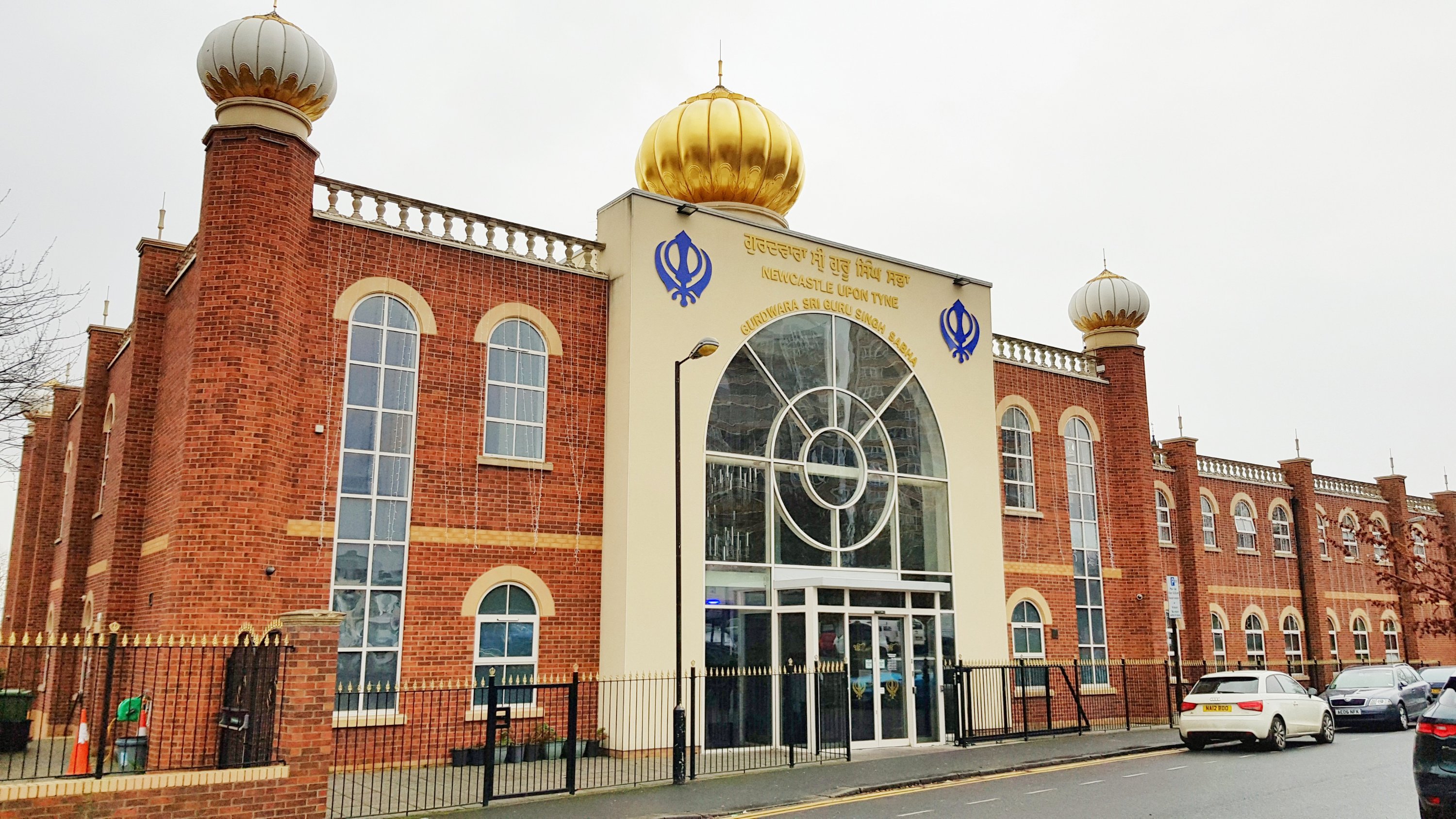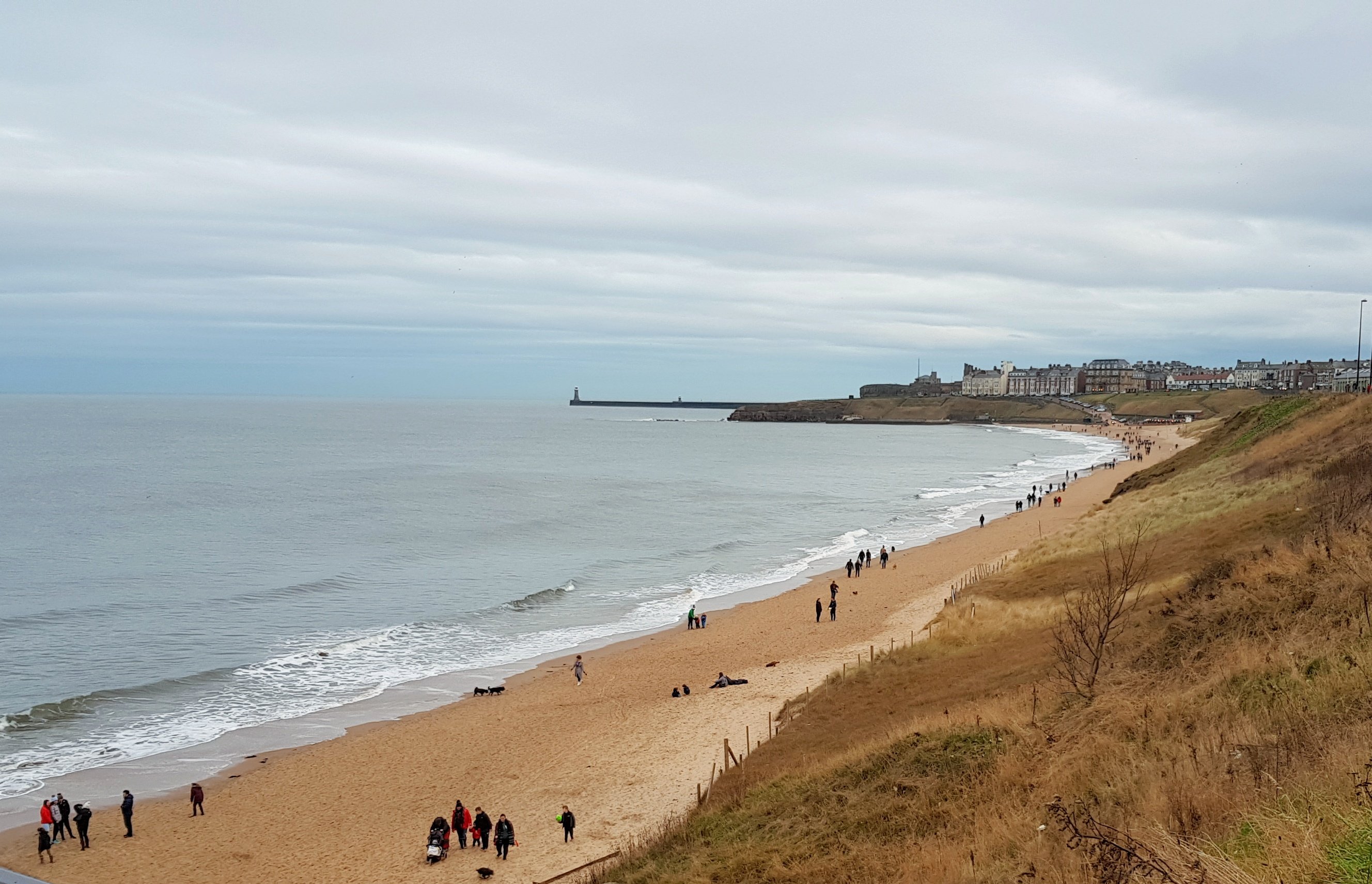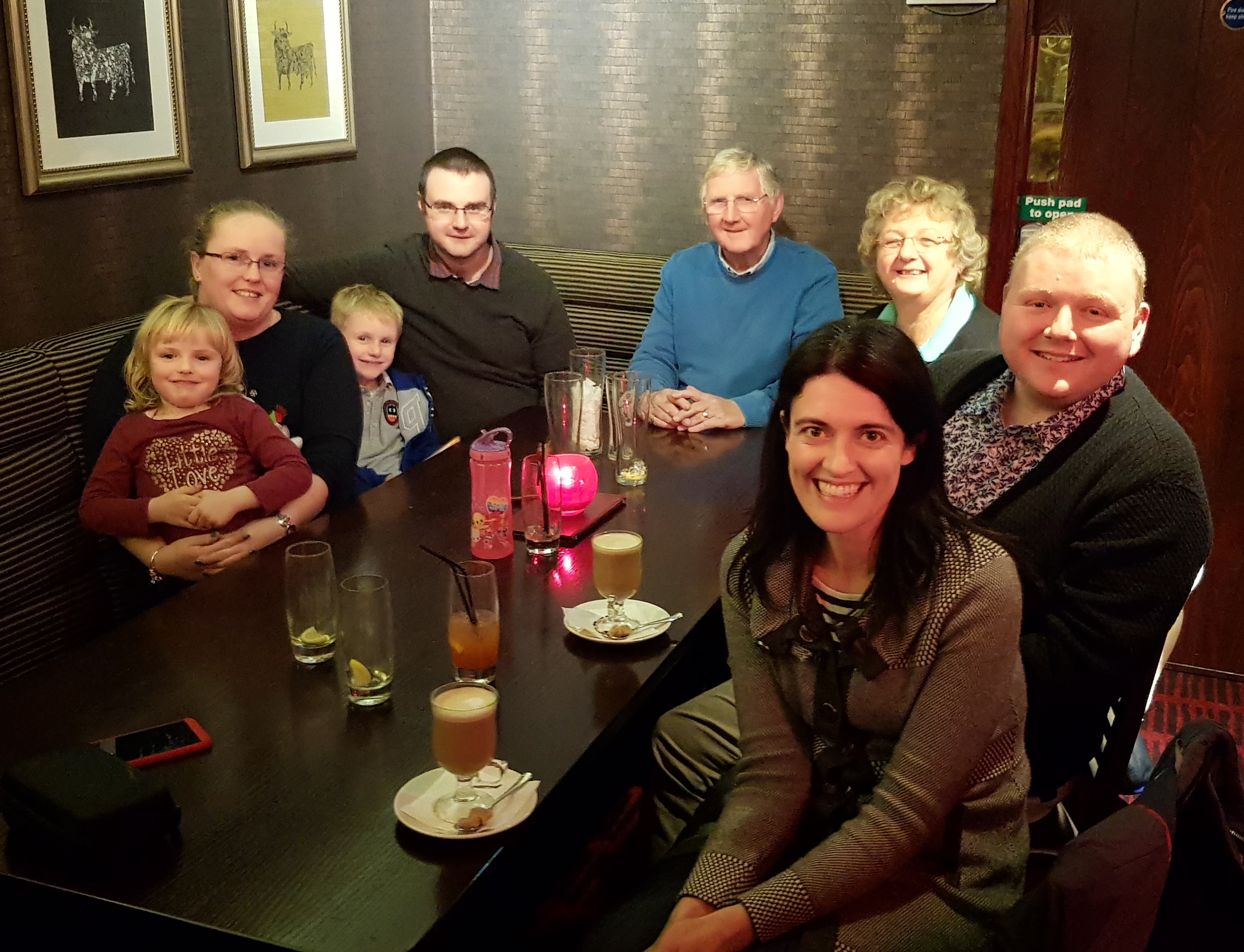I found this Aoen essay by Mark Polizzotti very interesting. He talks, with enormous knowledge and experience, about the art of translating texts and what the ultimate goal of translation should be.
I read quite a lot of books in translation, not least because English is the only language I can read to any reasonable level of competence. When I really enjoy a translated book, I often wonder whether I would have liked the original to the same degree. I also sometimes find myself wondering whether particular annoyances in translated texts are attributable to the original author or to the translator.
The article reminded me of my amazement a couple of years ago at Megan McDowell’s masterful translation of Alejandro Zambra’s Multiple Choice, a book with only a very small number of words, all clearly carefully chosen to have multiple layered meanings. I’ve no idea how McDowell approached the task, but the result is astounding.
There were three paragraphs towards the end of Polizzotti’s article which I found particularly interesting:
At its best, translation exposes us to minds and voices able to stir in us a particular sense of delight or kernel of insight, a shiver of discovery that would be available nowhere else – minds and voices that are truly unique, that have something to say that is dissimilar from what anyone else has to say, in any language. Such minds and voices are exceedingly rare, and we cannot afford to be ignorant of a single one of them. They are the reason that humans have hungered after stories since consciousness began. We are as enriched by having come in contact with them as we are unwittingly impoverished by having forgone or been denied that contact.
For this reason, translation is often cited as a preventative against cultural atrophy and homogenisation. If done well, the translation of a foreign work is uniquely positioned to usher in viewpoints different from what we see at home and make them resonate in another context, giving them a new and vibrant voice that they would not otherwise have had. What this means, somewhat paradoxically, is that translation in the best of cases not only bridges distances but, even more so, safeguards them – not by keeping cultures at a safe remove, but rather by helping ensure that the contact produces sparks rather than suffocation.
In our increasingly interconnected world, it is tempting to posit the end of national and cultural boundaries. But there’s another aspect to it, and it has to do not with the repressive aspect of boundaries but with their utility, for boundaries can also be guardians of difference. The flip side of heightened familiarity, of potentially infinite contact (including, of course, the kind of contact made possible by translation), is the erosion of diversity. Just as the notion of barriers can call to mind a vast gulag of barbed wire, so their absence can as easily conjure an endlessly uniform expanse. The diffusion of ideas, the intellectual and aesthetic free-for-all of arts, literatures, philosophies and viewpoints ricocheting throughout the world, could bring one of the greatest revitalisations in the history of humankind, a new Renaissance. Or it could lead to the blandest global monoculture we’ve ever known.
I hadn’t previously considered translations of books as having the potential to break down cultural barriers to the extend that ‘it could lead to the blandest global monoculture we’ve ever known’. I wonder if the language barrier, and the fact that we are reading a translation and hence having slightly different experiences, is at least slightly protective.
But then, I suppose the same argument could be made for anything: there are mild differences in the taste of Coca-cola around the world as a result of different recipes and manufacturing processes, but no-one could deny that product’s contribution towards a bland global monoculture.
Something to think about!








